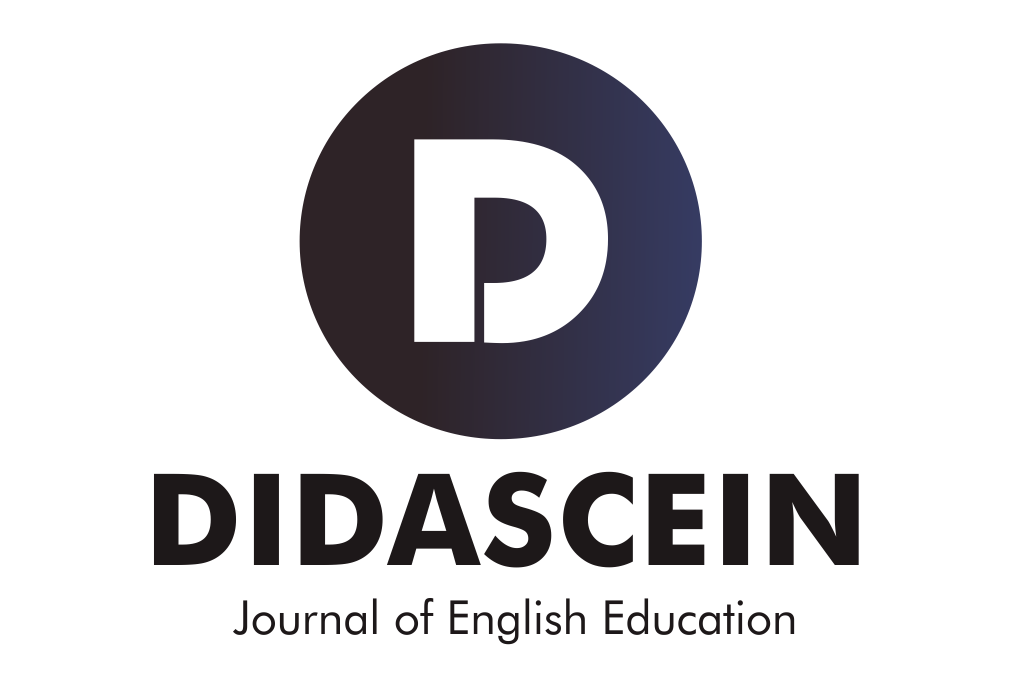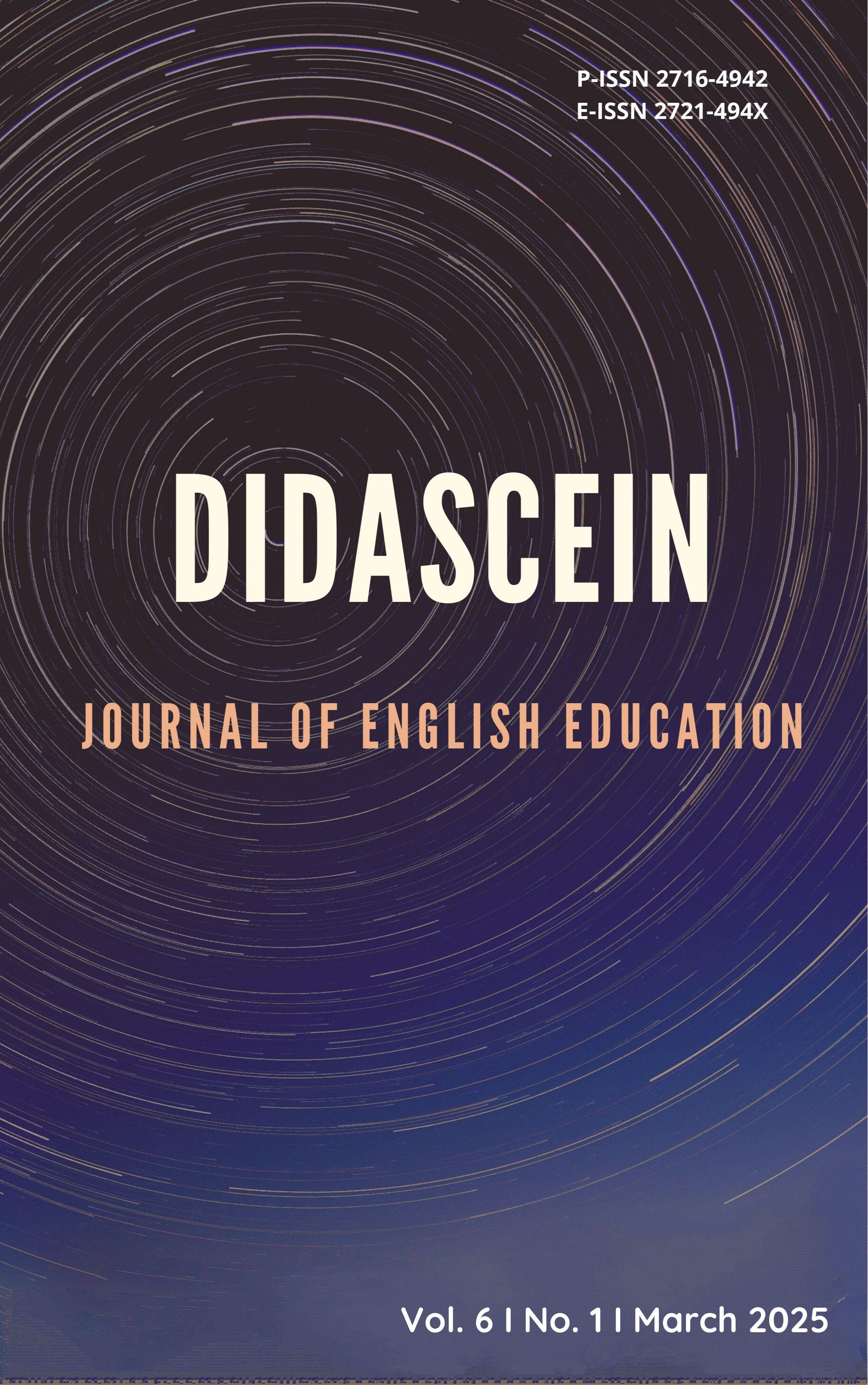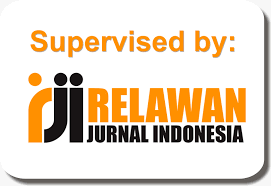TEACHING READING COMPREHENSION USING NEUROLOGICAL IMPRESS METHOD AT JUNIOR HIGH SCHOOL
Keywords:
Neurological Impress Method, reading comprehension, teachingAbstract
Reading is a fundamental skill in education, and its importance cannot be overstated. It plays a crucial role in language learning and academic success. The goals of this study were to determine whether there was a significant improvement and whether there was a substantial difference in students’ reading comprehension achievement before and after the implementation of the Neurological Impress Method. The Neurological Impress Method for eighth-grade students at SMPN 7 Palembang. This study was conducted over 12 meetings, employing a quasi-experimental methodology. 68 students were selected as a sample using the convenience sampling technique. There were two groups: control (VIII.9) and experimental (VIII.10). Pre-test and post-test were administered to both groups during data collection. The researcher analyzed the data using SPSS version 26. Based on the outcome of the Paired Sample T-Test, the p-value was 0.000, which was less than 0.05, and the t-value was 8.308, which was higher than the t-table df=33 (2.035). Therefore, it is possible to conclude that students' pre-test and post-test scores improved significantly in the experimental group taught using the Neurological Impress Method. Following the results of the Independent Sample T-Test, the p-value was 0.004, which was less than 0.05, and the t-value was 2.984, which was higher than the t-table df=66 (1.997). As a result, students' pre-test scores differed significantly between the control and experimental groups. The findings of this study demonstrated that the Neurological Impress Method improved students' reading comprehension and could be used as an alternate method for teaching reading comprehension
References
Astrid, A. (2022). How to design a research proposal. CV Insan Cendekia Palembang.
Brown, H. D. (2000). Principles of language learning & teaching (4th ed.). Longman.
Calder, H. (2000). Word workers teacher resource book. Pascal Press.
Cecil, N. (2017). Focus on fluency: A meaning based approach. Taylor & Francis.
Cohen, L., Manion, L., & Morrison, K. (2007). Research methods in education (6th ed.). Routledge/ Taylor & Francis Group.
Edwards, P. (2003). Literacy techniques for teachers and parents (3rd ed., p. 35). Trafford Publishing.
Elbro, C., Cain, K., & Oakhill, J. (2014). Understanding and teaching reading comprehension: A handbook. Taylor & Francis.
Fielding, M. (2006). Effective communication in organisations. (3rd ed). South Africa: Juta Academic.
Fraenkel, Jack. R., and Norman E. Wallen. (2012). How to design and evaluate education research. (8th ed). Boston: McGraw-Hill Higher Education.
Grabe, W. (2009). Reading in a second language: Moving from theory to practice (pp. 8–9). Cambridge University Press.
Harmer, J. (2007). How to teach English. Addidon Wesley Longman.
Hidayat, R., Ilma, R., & Saputra, E. (2024). Teachers' challenges in teaching reading comprehension at Islamic Junior High School. Didascein: Journal of English Education 5(1), 1–9. Retrieved from https://ejournal.univ tridinanti.ac.id/index.php/Didascein/article/view/468.
Huck, S. W. (2012). Reading statistics and research (6th ed.). Pearson
Ibrahim, M. W., Abdullah, U., & Amalia, H. (2024). Factors causing reading comprehension difficulties among the seventh graders. PROJECT (Professional journal of english education), 7(2), 496–501.
Idayanti (2021). The analysis of students ’ difficulties in comprehension english reading text at SMP Muhammadiyah Al-Amin Sorong City. Transcript: Review of English teaching and learning, 3(1), 1–29. Retrieved from https://e-jurnal.iainsorong.ac.id/index.php/Transcript/article/view/518
Johnson, A. P. (2008). Teaching reading and writing: A guidebook for tutoring and remediating students. R&L Education.
Khatimah, K. (2019). The effectiveness of neurological impress method to encourage reading comprehension at the eighth grade students of SMPN 4 Lalabata Kabupaten Soppeng. [Undergraduate thesis, IAIN Parepare]. https://repository.iainpare.ac.id/1235/
Krashen, S. D. (2004). The power of reading (2nd ed.). ABC-CLIO.
Manzo, A. V, & Manzo, U. C. (1993). Literacy disorders: holistic diagnosis and remediation. Wadsworth.
Ohanele, P. (2021).The Neurological Impress Method as an effective technique in teaching reading to child with learning dissabilities in Nigeria. Journal of Specific Education, 20 (1), 159-169.
Palani, K. K. (2012). Promoting reading habits and creating literate society. Journal of arts, science & commerce, 3(2), 90–94. Retrieved from https://www.google.com/url?sa=t&source=web&rct=j&opi=89978449&url=https://didarnews.ir/files/fa/news/1398/8/21/129559_545.pdf&ved=2ahUKEwjpmMuNnc-GAxXayjgGHR7QAYUQFnoECB4QAQ&usg=AOvVaw3YLX8W3_JfyiJSo2gymrEY
Ranico, V., Asnita, R. N., & Husnaini, H. (2023). Teachers’difficulties in teaching reading comprehension of the seventh grade students. Journal of English Education and Linguistics, 4(2), 9-14. https://doi.org/10.56874/jeel.v4i2.1389
Razali, N. M., & Wah, Y. B. (2011). Power comparisons of shapiro-wilk, kolmogorov-smirnov, liliefors and anderson-darling tests. Journal of statistical modeling and analytics, 2(1), 21-33.
Rogers, J. & Revesz, A. (2020). Experimental and quasi-experimental designs. The Routledge handbook of research methods in applied linguistics. (pp. 133-143)
Schumm, J. S. (2006). Reading assessment and instruction for all learners. Guildford Publications.
Taipei, C., & Authority, P. (2019). Comparing Countries’ And Economies’ Performance In Mathematics. https://doi.org/10.1787/ad5d244c-en
Von Sperling, M., Verbyla, M. E., Oliveira, S. M. A. C. (2020). Assessment of treatment plant performance and water quality data: A Guide for Students, Researchers, and Practitioners. United Kingdom: IWA Publishing.
Wahab, A., & Syahid, A. (2023). Effectiveness of educational statistics learning modules. Daya matematics: Jurnal inovaasi pendidikan matematika, 11(3), 212-213. Retrieved from https://creativecommons.org/licenses/by-nc/4.0/
Westwood, P. (2004). Learning and learning difficulties: a handbook for teachers. ACER press.
Woolley, G. (2011). Reading comprehension: assisting children with learning difficulties. Springer Netherlands.
Zuhro, A. N., Hamiddin, & Ni’mah, D. (2022). An analysis of third-semester students’ reading interest towards academic achievement at the University of Islam Malang. [Undergraduate thesis, Universitas Islam Malang]. https://repository.unisma.ac.
Downloads
Published
How to Cite
Issue
Section
License
Copyright (c) 2025 Lina Ayudiyah, Dian Erlina, Fitri Alya Okta Sukma

This work is licensed under a Creative Commons Attribution-NonCommercial-ShareAlike 4.0 International License.







